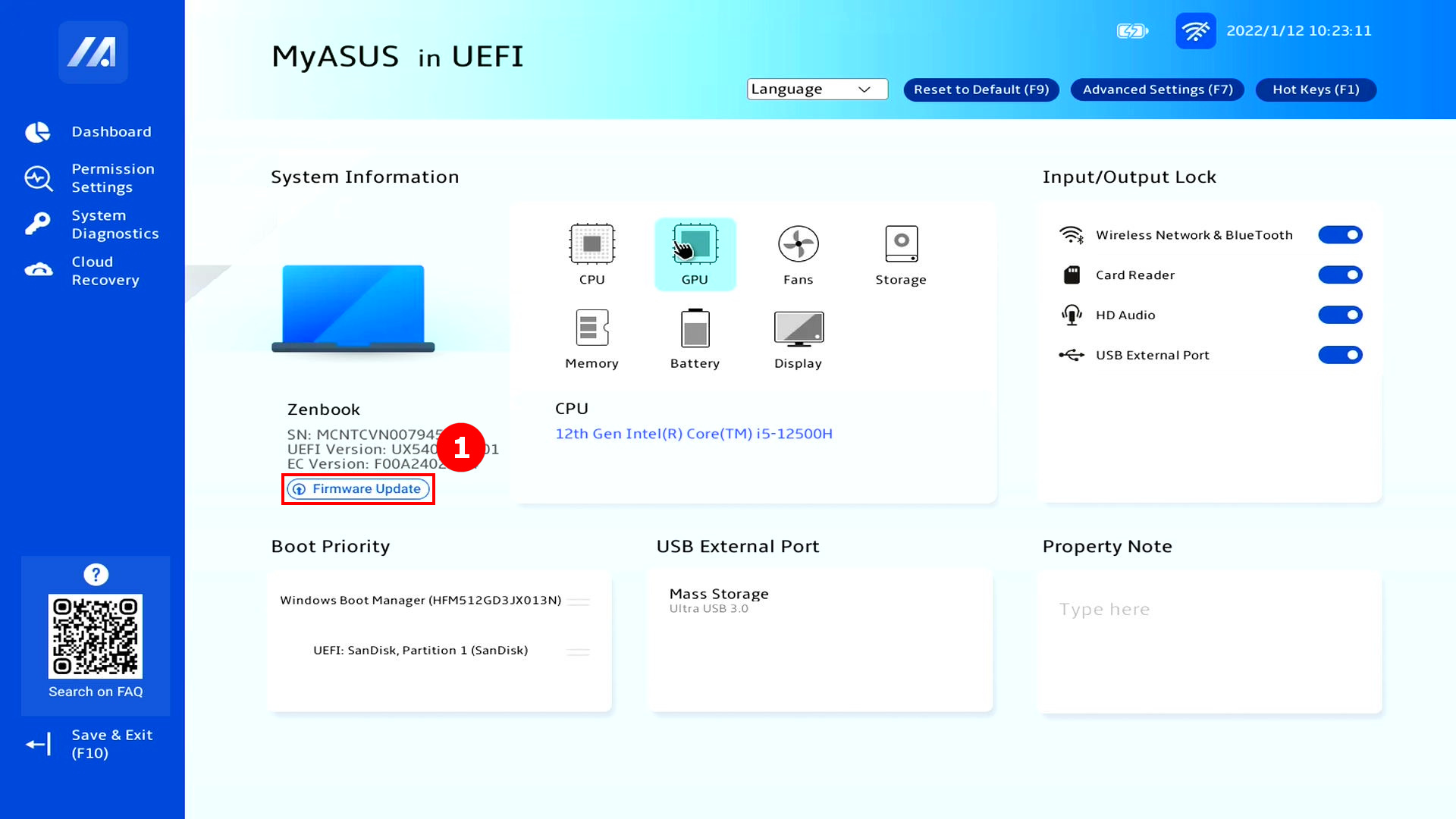What exactly can recall see? Is it just what's on screen?
Because, if I'm like most people when I type my password, I keep my passwords hashed on the screen as I type it. (i'm using anything but Windows since 2016)
This is a most excellent place for technology news and articles.
What exactly can recall see? Is it just what's on screen?
Because, if I'm like most people when I type my password, I keep my passwords hashed on the screen as I type it. (i'm using anything but Windows since 2016)
Hopefully this will get more people into looking at Linux as their OS.
Even if we believe them and all the data stays local to your machine, what's to stop your average bit of malware accessing it?
So now not only is any data compromised going forward, but all your data going back as well.
Microsoft's bread and butter has been selling and servicing to businesses.
So with that in mind, the hell are they thinking? Windows 10 end of life guarantees that businesses specifically will have to switch. Then the next option in line is one that will by default vacuum up all your proprietary information to feed into an AI, effectively "copyright laundering" it?.
Even if there's ways to deactivate the feature, the non-tech savvy managers will just go off of the headlines and the tech savvy ones will recognize the security risk. And government/healthcare computer might just fork Linux into a non-open source version.
Ironically it feels like they're focusing too much on consumers (on extorting them) and shooting themselves in the foot for their business clientele.
Seems like all hospitals and medical providers would need to avoid the OS in order to remain in compliance with HIPAA.
I give it two weeks, tops.

No one here mentioning this will be a gold mine for Malware makers and hackers.
The actual article does mention it.
Total Recall? Get your ass to Linux!

Honestly if you do truly value having control over your privacy take this advice to heart. There are so many good Linux options now that are even easier than Windows to install. All it takes is a few clicks. You can even choose which UI you prefer in many cases. All those previous barriers to entry no longer exist.
I've tried to get into linux 4 different times now. Over the coarst of 15 years.
I have no idea what I'm doing.
Try BazziteOS
It's meant for gaming, but I find it's so feature complete that's it's great for non-gaming purposes.
Somehow it even works better on my monitor than Windows, since I can actually control my brightness from an applet rather than having to use my monitor buttons.
Not OP, but I feel like every time I come across a thread like this, someone is recommending a different version of Linux. It makes it really difficult to decide, and I can't exactly just "try out" Linux on my computer the same way I could try out other programs.
Yes, I could install it on a thumb drive, but that's not persistent, so I couldn't try it out for more than a few hours. Takes longer than that to decide to completely switch OSes.
The kicker is, for years and years down the line, all of your tech questions will be written to Google as "How do I xxxx in ".
Many, but not all, of those problems are resolved by searching "in Linux", but others you'd have to search for "in ". Windows is just Windows.
You can use something like VirtualBox or VMWare. Won’t be the fastest experience, but also not so bad. It’s good enough to have a feel of how something works.
You can create a partition on your hard drive and set your PC up to dual-boot. I have no idea if this is still widely used or if there is another, better/easier way, but it's what I did a long time ago for a hat simulator game.
I've read in a few different places that, unfortunately, more recent Windows bootloader's can break dual-boot setups.
You can make a persistent install on a thumb drive actually. Has been possible for about a decade I think. There's even a program now called Ventoy that lets you make multiple persistent installs of different Linux distros on a single thumb drive even.
I think I've tried Ventoy before, actually. I didn't know it did persistent installs.
Unfortunately, I couldn't figure out how to enable my PC to boot from a USB device. It uses the most recent version of the MyAsus UEFI, the one that looks like this picture I pulled from online (minus the red outline, obviously):

You don't happen to know how to enable booting from a device from there, do you? All the guides I found online were for an older version of the Asus UEFI settings.
Chiming in to say that on my asus laptop, the start up button is f12! Press as soon as the first logo appears on the screen. It might take a few times to get the timing right, if you miss it just restart the computer.
It should take you to a menu that looks like a classic hacker screen (blue screen with pixilated text, no clickable UI). Then go to the boot options and select the USB.
Normally when your PC is initially starting up, F8 will bring up the boot menu and you'd select the USB drive. Otherwise, where it says boot order, clicking around there should let you change the boot order and have the drive boot first every time. Actually, if you're using it as a persistent then this is probably the better option.
I'm not the biggest computer buff compared to some here, so if I'm wrong in any way let me know or comment again - someone will likely come give the right answer lol.
Plus I haven't used Ventoy much, I only used to do it the old fashioned way of partitioning it many years ago until I found what I liked best.
For beginners, I recommend Fedora or Ubuntu based distros because they're definitely the most user friendly, like windows or the days, possibly more now? At least BazziteOS has had more feature compatibility than Windows, which I was shocked by. Still testing all my games, but so far that works well too.